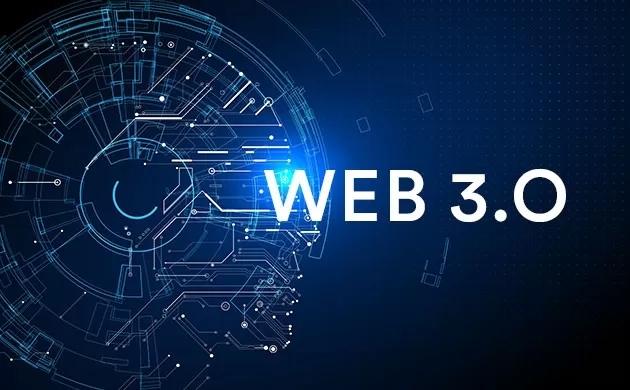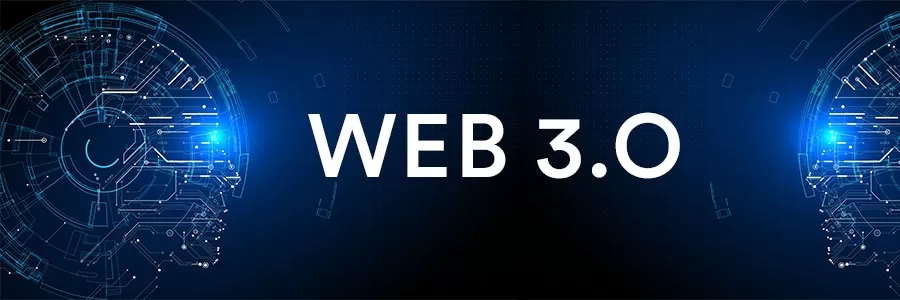Web 3.0 is not just a buzzword. It’s the new version of the internet and is often misunderstood. Web 3.0 is more than just blockchain and cryptocurrency. It is a mission to improve the internet. Tim Berners-Lee was the original creator of the World Wide Web. He intended that the internet would be a place to collect and access information, but not at the expense of privacy and data breach.
Today, the internet has been dominated by a handful of large companies that provide services like email and social networking “free.” However, this is only a relative term as vast amounts of user data are collected for targeted ads. It raises the risk of data breaches and loss.
These large companies are motivated by data and have faced the following issues:
Data breaches: Large corporations store large amounts of data in centrally located servers, making them susceptible to hackers. This information can be stolen and sold by hackers.
Data Losses: A data loss can cause economic and business collapse. Every organization around the globe would be in ruins if Google lost all of its data. As stated above, these centralized servers make it easier to lose data in one failure.
Censorship is when internet users have no control over what they see on the internet. It is because companies dictate it. It is a contentious issue, but it is essential for targeted advertising campaigns.
These are just a few of the severe problems that Web 2.0 faces. Web 3.0 is the solution – and it is vital.
Web 3.0: Understanding the Benefits
Web 3.0 is dedicated to decentralizing the World Wide Web. It offers a range of applications that allow users to manage their data. This internet was created to give people power back.
Data Breach: Many people have experienced the quick sign-in options that websites offer to allow them access if they use their Gmail or social media accounts. These sites can quickly gather your data. Your data could be stolen if these companies have a single breach. Web 3.0 is designed to stop this by decentralizing identity management. Applications such as Enigma or Solid will allow you to protect your data and make it nearly impossible for hackers to steal your data.
Preventing Data Loss in Web 3.0: Data is not stored in massive data centers. Instead, data is stored at multiple online locations to prevent data loss. Blockchain technology is an example of this. It is a method of recording data that makes it difficult or impossible to hack or cheat the system. This technology is also known as a digital ledger for transactions. It is duplicated across all computer systems in the network and then placed on the blockchain.
Companies can censor content online using decentralized applications: This is possible because they own the platforms. Web 3.0 offers applications that are not centrally controlled. Web 3.0 gives users decentralized online alternatives for the Web 2.0 applications currently available.
Toward Decentralization
Web 3.0’s primary goal is to ensure that the internet is open-source and decentralized. It will require infrastructure changes to the way applications are built and data stored and managed. It is the current transition, and thanks to Web 3.0, we are closer to fixing the internet.
Tags : Arunvs, Web Designer in Trivandrum, Website Designers, Website Design in Kerala, Freelance Website Designer




Leave a Reply